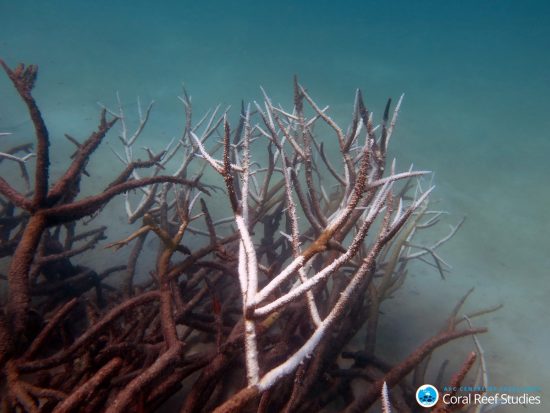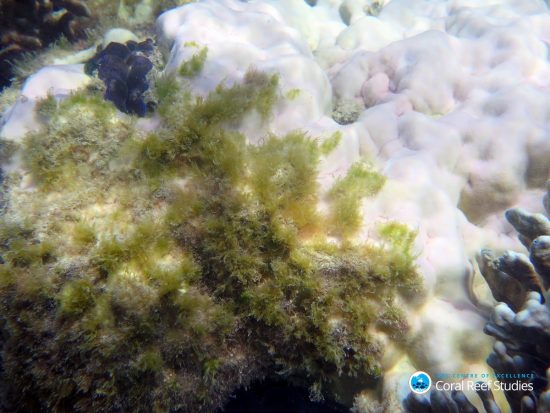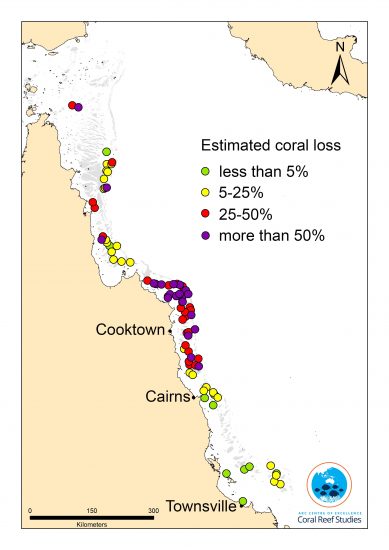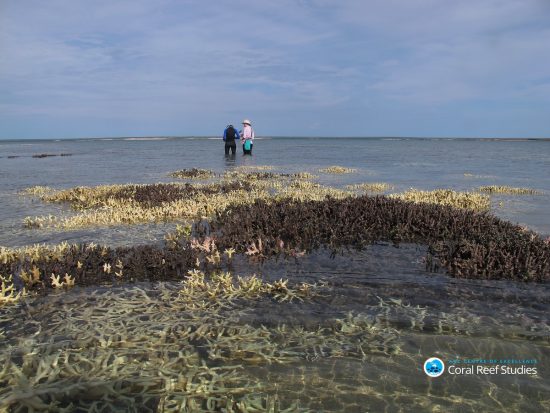





As much as 35 percent of the reef has died
After intensive aerial and underwater surveys, about 35 percent of the
corals in the northern and central Great Barrier Reef are found to have
perished due to mass bleaching, according to scientists.
The decline is currently on-going, and varies from north to south along the reef's 2,300km length.
“We found on average, that 35 percent of the corals are now dead or
dying on 84 reefs that we surveyed along the northern and central
sections of the Great Barrier Reef, between Townsville and Papua New
Guinea. Some reefs are in much better shape, especially from Cairns
southwards, where the average mortality is estimated at only 5
percent,” said Professor Terry Hughes, Director of the ARC Centre of
Excellence for Coral Reef Studies at James Cook University (JCU).
“This year is the third time in 18 years that the Great Barrier Reef
has experienced mass bleaching due to global warming, and the current
event is much more extreme than we've measured before. These three
events have all occurred while global temperatures have risen by just 1
degree Celsius above the pre-industrial period. We're rapidly running
out of time to reduce greenhouse gas emissions,” he continued.
Coral bleaching takes place when abnormal environmental conditions
(like rising ocean temperatures) cause corals to expel small
photosynthetic algae called zooxanthellae. Losing these algae causes
the algae to turn white.
However, if ocean temperatures drop, the zooxanthellae would be able to re-colonise the bleached corals, which then regenerates.
“Fortunately, on reefs south of Cairns, our underwater surveys are also
revealing that more than 95 percent of the corals have survived, and we
expect these more mildly bleached corals to regain their normal colour
over the next few months,” said Dr Mia Hoogenboom, also from JCU.
“In Western Australia, bleaching and mortality is also extensive and
patchy. On the Kimberly coast where I work, up to 80 percent of the
corals are severely bleached, and at least 15 percent have died
already,” said Dr Verena Schoepf from The University of Western
Australia.
The researchers will revisit the same reefs over the coming months to
measure the final loss of corals due to the bleaching. They expect the
corals to recover in a decade or so, but the recovery period will be
longer for the oldest and largest corals.
Video Links:
https://youtu.be/HJ_bv7DdxHU
https://youtu.be/TFMCvfgwrmk
https://youtu.be/ctIK2kzgA1U
 Mares
Mares 8th June 2016
8th June 2016 Great Barrier Reef, Queensland, Australien
Great Barrier Reef, Queensland, Australien